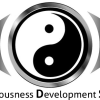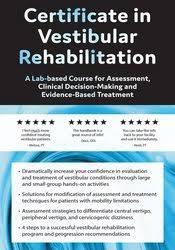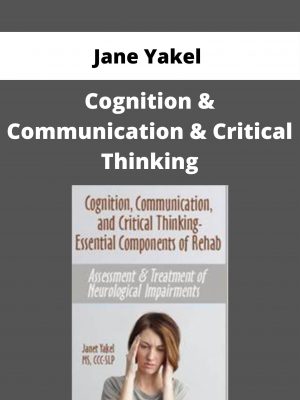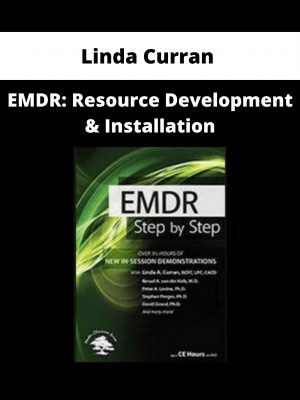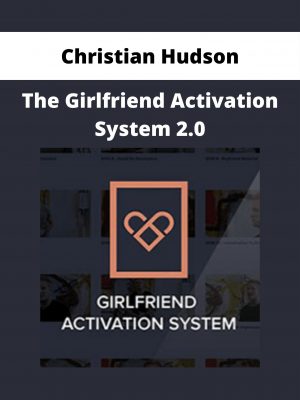Colleen Sleik – 2-Day, Certificate in Vestibular Rehabilitation
$300 Original price was: $300.$113Current price is: $113.
Shopping Instructions:
- DISCOUNT 15% : SHOP15
- Product Delivery: Within 1 – 12 hours after purchase.
The course begins with assessment and treatment techniques for BPPV, including a lab component to practice technique, hand positioning, and patient-specific modifications.
Colleen Sleik – 2-Day, Certificate in Vestibular Rehabilitation
Colleen Sleik PT, DPT, OCS, NCS, began her journey into the specialized care of vestibular rehabilitation patients after evaluating a patient that she felt ill equipped to help. She needed to know more. Recognizing and treating BPPV itself is quite straightforward. However, the care becomes much more complex for patients that are experiencing something that was initially thought to be BPPV or for those who have multiple conditions impacting their overall presentation. Advanced learning is required to understand how the systems function as a whole. This course was developed with these challenging patients in mind.
The course begins with assessment and treatment techniques for BPPV, including a lab component to practice technique, hand positioning, and patient-specific modifications. You will become skilled to better recognize BPPV and subsequently recognize the presentations that do not fit the BPPV pattern. Further assessment and treatment of the non-BPPV diagnoses will also be addressed through functional assessments and treatment progressions.
You will walk out with a deeper understanding of assessment, treatment techniques, patient-specific modifications, and differential diagnosis skills for the dizzy patient. Take your skills to a new level when you can pinpoint the areas where therapy can intervene to promote the desired functional gains for patients and the strategies to appropriately progress patients through each of those areas.
- Distinguish key subjective reports to further enhance evaluation and differential diagnosis skills.
- Perform assessment techniques for vestibular patients with proper technique.
- Choose proper positioning modifications for patients with mobility limitations or physical space restrictions.
- Identify appropriate functional outcome measures based on patient’s condition and therapist’s work environment.
- Analyze findings of a vestibular assessment to determine a therapy diagnosis.
- Evaluate key findings that assist in differential diagnosis of central, peripheral and cervicogenic dizziness.
- Explain exam findings indicating the presence of multiple diagnoses to include multiple canal, multiple peripheral conditions, mixed central and peripheral conditions.
- Formulate a plan of care based on findings from assessments to improve functional outcomes.
- Select proper treatment techniques from evidence-based guidelines for vestibular rehabilitation.
- Plan appropriate treatment progression for BPPV, peripheral vertigo, central vertigo, cervicogenic dizziness and post-concussion syndrome.
- Assess prognosis based on accurate diagnostic procedures.
- Recognize factors that may contribute to plateau in progress.
- Develop appropriate goals for patients with consideration of complete medical history and presenting factors that may modify rehab outcomes.
Would you like to receive Colleen Sleik – 2-Day, Certificate in Vestibular Rehabilitation ?
DIFFERENTIATE SPECIFIC CANAL INVOLVEMENT FOR BPPV AND MULTIPLE CANAL BPPV
- Determine the involved canal based on assessment findings
- Evaluate findings that indicate multiple canal involvement
- Choose appropriate modifications to positioning as required based on patient mobility
EVALUATION OF FINDINGS FOR CENTRAL, PERIPHERAL, AND CERVICOGENIC DIZZINESS
- Analyze various assessment techniques and findings specific to central vertigo
- Recognize key subjective clues and objective findings indicating cervicogenic dizziness
- Differentiate BPPV from other peripheral diagnoses
BPPV TREATMENT OF ONE OR MULTIPLE CANALS
- Where to start, how to proceed and components to consider if treatment is not progressing as expected
- Patient education tips to improve compliance with treatment and home exercise programs
- Recognize factors that may affect success of canalith repositioning maneuvers and techniques to improve effectiveness
WHAT IF IT’S NOT BPPV: IDENTIFY THE 4 AREAS OF TREATMENT FOR ALL VESTIBULAR PATIENTS
- Differentiate additional treatment requirements for patients with central diagnoses, cervicogenic dizziness and post-concussion syndrome
- Identify factors affecting progression
- Learn how to overcome barriers to success with vestibular rehabilitation
EVIDENCE-BASED FUNCTIONAL ASSESSMENT TOOLS FOR VESTIBULAR PATIENTS
- Choose evidence-based functional assessment measures from Vestibular EDGE/Academy of Neurologic Physical Therapy recommendations
- Select functional measures that will direct each of the 4 areas of treatment for vestibular rehabilitation
COURSE LABS
- Gain confidence through practice: Learn how to incorporate new assessment and treatment techniques
- Apply clinical decision-making to actual patient case studiesa
Related products
NLP & Hypnosis
Joseph Cohen – The SelfHacked Secrets To Understanding Why You Are Sick And How To Get Well
NLP & Hypnosis
NLP & Hypnosis
NLP & Hypnosis
NLP & Hypnosis
NLP & Hypnosis
NLP & Hypnosis


